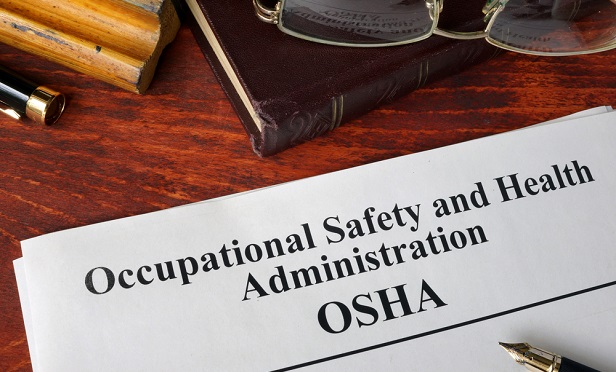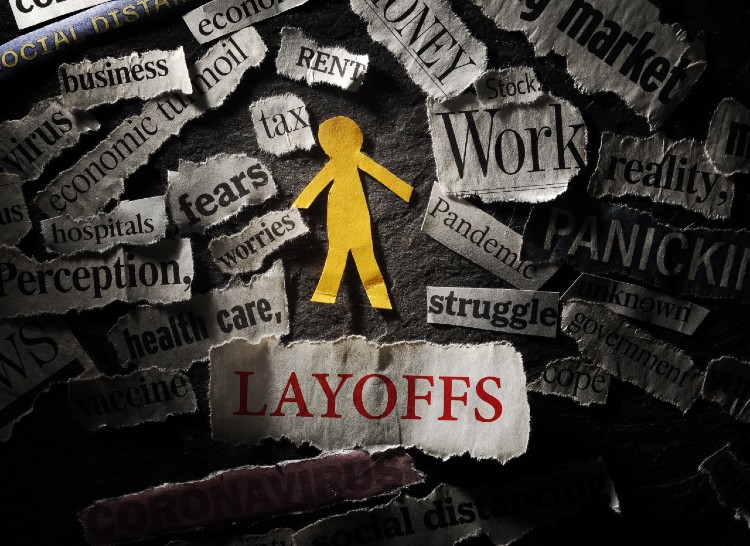During this time of uncertainty and stress caused by the coronavirus pandemic, many people are looking to their employers and advisors for help in easing their anxiety. A calmer mind is key to enabling our best decision-making, and reducing anxiety can help to reduce the stress that ultimately wears on the body. In this Q&A with Mark Mitchnick, M.D., he reveals how anxiety works in the brain and what leaders can do to help calm employees and clients. He also offers some simple mindfulness techniques that anyone can use in the moment to reduce stress.
Dr. Mitchnick is CEO of MindSciences, a Massachusetts-based company that merges evidence-based mindfulness, digital technology and neuroscience to create digital therapeutics that combat anxiety and stress, control cravings, overcome addictions and change behaviors. Take a look at his tips and ideas for reducing anxiety:
BenefitsPRO: Dr. Mitchnick, can you explain how anxiety and stress affect the brain?
Mark Mitchnick M.D.: The newest part of our brain, called the prefrontal cortex (PFC), is responsible for thinking and planning. It evolved only around a million years ago. When the PFC is functioning properly, we can think rationally and are resistant to what's known as social contagion, which occurs when anxiety spreads like an infection from person to person.
But when there is stress and uncertainty, the PFC goes offline and the older, non-rational parts of our brain take over. Uncertainty weakens the brain's ability to deal with stress, priming it for anxiety when fear hits.
How can an organization's leadership calm anxiety?
Right now, we are probably in the most stressful period many of us can remember, with great uncertainty on all fronts: political, economic, financial and of course the coronavirus pandemic.
Leadership is always important. Leaders are there to take away some of the uncertainty, which is key to leveraging the neuroscience of anxiety.
It is critical that companies of all sizes have leaders who are clear thinking and able to convey certainty—not that good times are right around the corner, but the right person is in charge, the right team is in place and everyone is in good hands
What are some tips for how to communicate with employees and clients?
- Listening. Just knowing you are being heard eliminates a great deal of uncertainty. It is especially important for HR senior management to create the conditions where this can happen.
- Touching base regularly with remote employees. As more of us are forced to work remotely as an infection control measure, many people not used to this kind of physical isolation from co-workers will experience increased anxiety. Make sure staff is equipped for good remote communications and schedule regular video "facetime" when possible.
- Providing regular updates on company status. That said, like the news, too much is not useful and can itself induce stress. Updates should be regular, informative and short but not excessive. The goal is to make staff feel connected to the big picture but not overwhelmed.
- Offering tools to help with stress and anxiety. Mindfulness is a technique anyone can learn and its effectiveness in reducing anxiety has been clinically proven. Even simply taking a few breaths is one of the oldest most reliable ways to reboot your brain. Evidence-based employee health and wellness programs are a key part of a holistic approach.
Are there other actions leadership can take to help calm employees and clients?
- Lead by example. Don't ask employees to do anything that you, as the leader, are not willing to do yourself.
- Be proactive with clients. They are no different than the rest of us in that they are looking for leadership. Communicate succinctly and honestly. In the current remote-working situation, video conferencing is a solid substitute for in-person meetings.
- When stating a problem, offer a solution before being asked. If your company missed a deadline, present a new timeline with the resources dedicated to making it happen.
- Don't blame others or things beyond your control. Right now, your clients are under the same pressures and facing similar challenges. Present solutions without blaming the situation.
Are there any "don'ts" or pitfalls leadership should be wary of?
Being a leader means taking responsibility and, more importantly, accepting accountability. Clients know that circumstances are difficult but want to feel certain that you are still able to serve their needs the best of your ability. They want predictability, which is what our brains need to stay rational.
Don't be unrealistically positive. Be confident, present your plan and execute but don't over-promise. If anything, this is a good time to under-promise and over-deliver.
How can leadership stay calm themselves? And promote a calm atmosphere among employees? clients?
Here is a straightforward mindfulness system that leadership can put to work right now through practicing and sharing:
- Recognize what you are feeling, including fear and other uncomfortable feelings. Trying to suppress negative feelings never works.
- Accept those feelings without judgment.
- Investigate whatever the feeling is. Embrace the emotion and get curious about how it is impacting you in mind and body.
- Take deep breaths. This is one of the most reliable ways to reboot.
Make doing this a habit. Setting a reminder to go through these steps every few hours during times of high stress can be very effective. This is also a great pre-meeting ritual.
You can't overdose on mindfulness, so use as often as needed. In time, this becomes automatic and always there to get you in the right frame of mind.
READ MORE:








